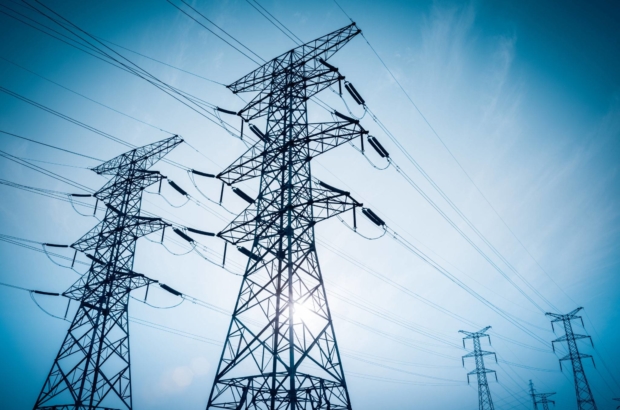What is V2G Technology (Vehicle to Grid)?

Energy efficiency, decarbonization, and electrification can help overcome the climate catastrophe caused by energy and mobility sectors. Electric vehicles (EVs) play an important role in decarbonizing the electrical sector. The battery of an EV can be used for mobile energy storage. An EV can also participate in load adjustment within the power grid and functions as a platform for coordinating renewable energy sources.
Electric Vehicle Grid Integration (VGI) is a series of methods that allow EVs to provide services back to the energy grid, in exchange for lower charging rates or additional compensation for the owner. Implementing VGI requires a wide range of available infrastructures, including an appropriately equipped EV and charger, a communications platform to control charging and discharging, and metering of rendered services.
There are several categories of VGI methods. Behavioral control (V0G) involves indicating to owners the best times to charge their vehicle and relying on them to manually manage the charging process during those times. Managed charging (V1G) adds a communications link to the charger and implements a control and orchestration system. The system administers the charging on the customer's behalf. Bidirectional charging (V2G) enables batteries to discharge the power in vehicles and includes various use cases, such as using electricity from an EV battery in your residence or building electrical loads. In vehicle-to-home (V2H), the vehicle discharges to the customer residence unit. In vehicle-to-building (V2B), the vehicle discharges to a multi-tenement building. Vehicle-to-grid (V2G) refers to the vehicle discharging to the larger grid. Vehicle-to-everything (V2X) can be used for many purposes, often discharging to the grid. The "X" highlights the population of electrical appliances or systems receiving the vehicle's energy.

Batteries in EV cars are the most cost-efficient way to store energy, since they require no additional investments in energy storage hardware. V2X enables the existing population of EVs to be used as energy storage. EVs are effectively changed from something that consumes energy to some that can supply it as well, enabling 10x more efficient battery use than unidirectional smart charging.
A V2G charging device absorbs electricity from the car battery, sending it back to the grid, where it continues its journey to the location where it is needed. V2G technology serves a range of compelling private, technical, economic, and social benefits. It will provide valuable support to the grid, such as exhaustive frequency control and ancillary services (FCAS), energy at times of peak demand, and the integration of higher levels of renewable electricity. This reduces energy and transport costs for households and businesses; it creates greater energy self-sufficiency and resilience for the owner.
Even though the EV is supplying energy to the grid, it must keep enough for the driving requirements of the owner. A V2G system must allow the owner of the EV to specify how full the battery must be when they unplug it. Optimization of EV batteries requires integrating the V2B system with a Building Management System (BMS) or Home Energy Management System (HEMS) that can manage EV charging and discharging in conjunction with complete building loads and on-site generation.
V2G enables EVs to supply energy to the network during times of high demand and absorb power during low load or high local generation, reducing energy costs across the system. Using EVs in this manner requires little investment; the EVs already have the batteries installed. VGI is already being tested in various areas, but more widespread adoption requires advocacy and education, not only with EV owners, but also with state regulatory commissions and other policymakers.
